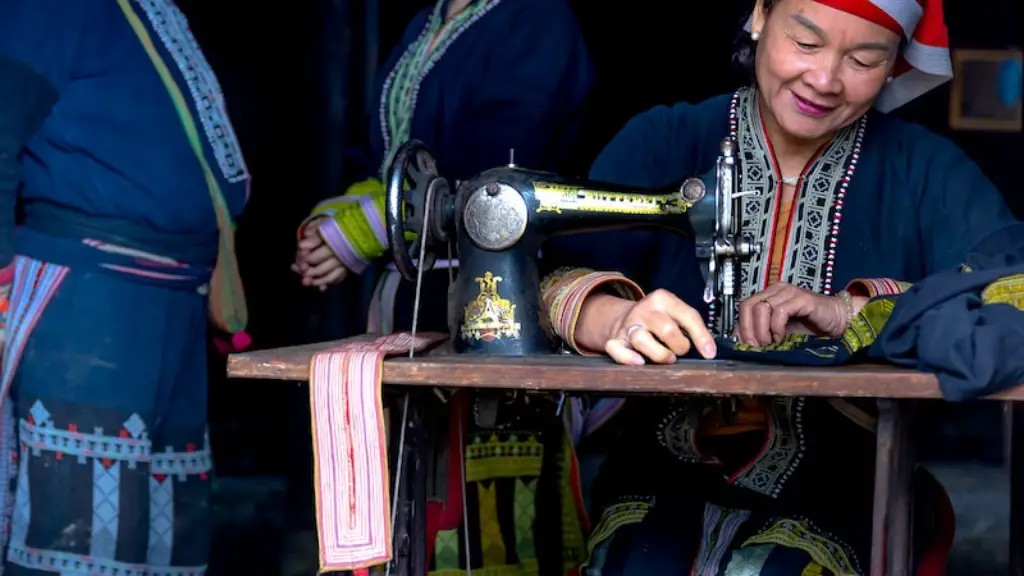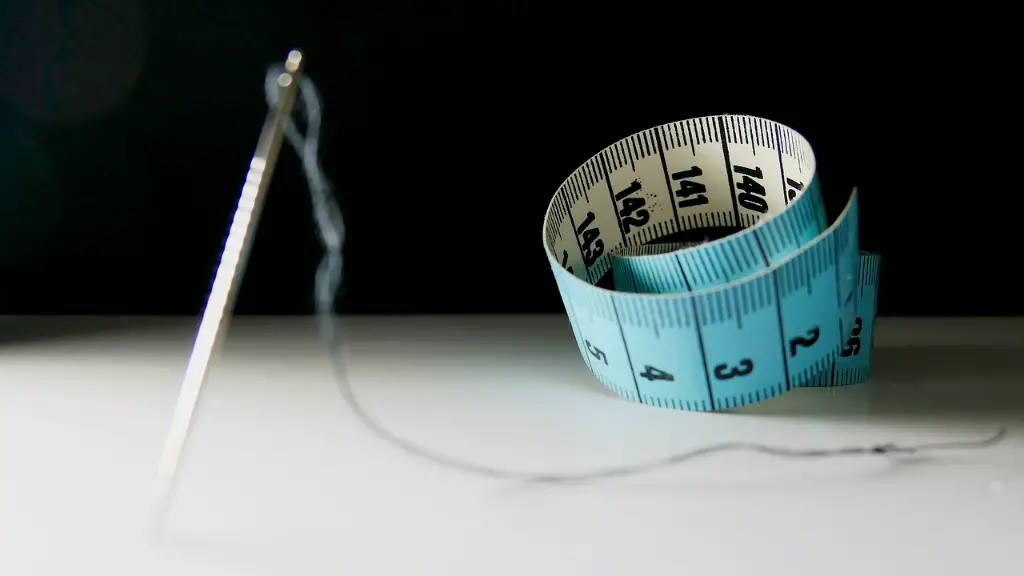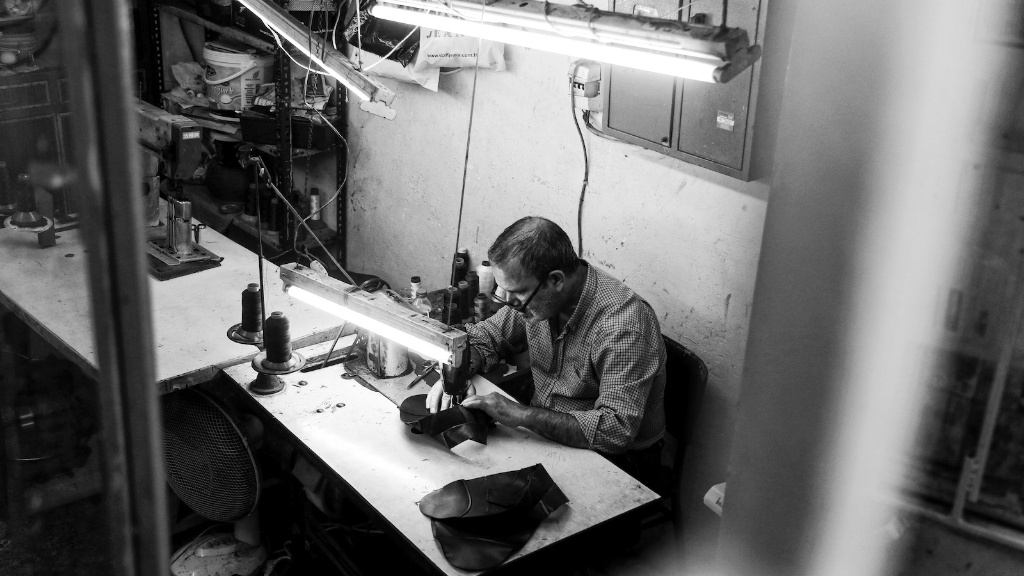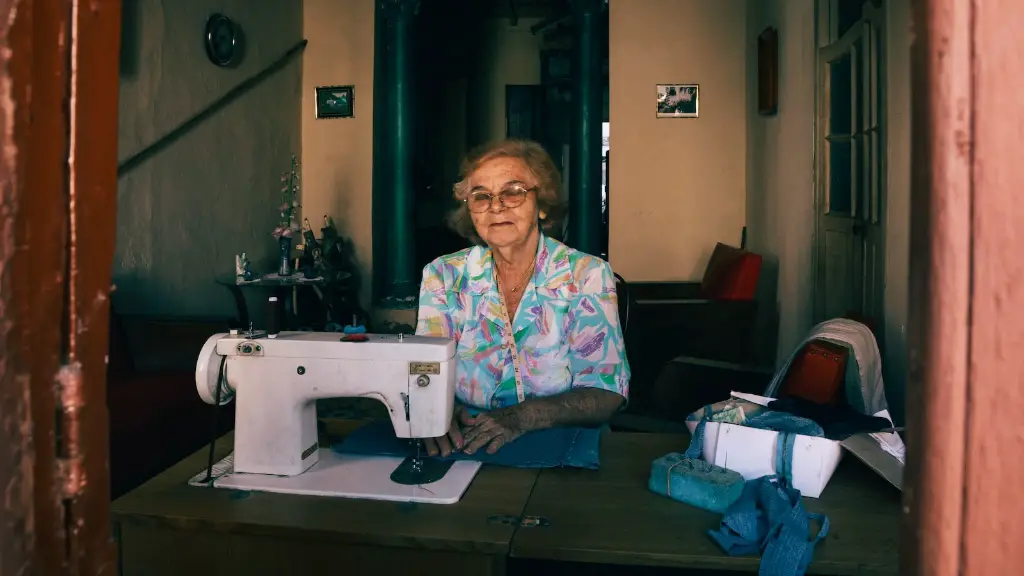Materials Needed
When it comes to making a sewing machine cover with pockets, there are certain materials you need to have. Firstly, you must have soft, thin fabric or quilt batting with a pattern or color to match your sewing room décor. You’ll need a piece of fabric that’s at least 2.5 yards long and 1.5 yards wide. You’ll also need elastic and Velcro and small fabric pieces to make the pockets. Finally, you must have scissors, a sewing machine, thread, a ruler, and pins.
Cutting the Material and Adding Pockets
Once you’ve gathered the necessary materials, you’re ready to begin constructing the sewing machine cover. Start by cutting the material and quilt batting pre-measured and determining how many pockets you’d like on the cover. It’s important to use a ruler and measure accurately here. Cut your pockets out of the small fabric pieces using scissors and then sew them onto the large piece of material. Make sure the pockets are securely attached, then move on to stitching the quilt batting to the fabric.
Creating the Enclosure
When the pockets are securely in place, it’s time to create an enclosure. Start by folding the fabric in half lengthwise and sewing the sides together, being sure to leave a small opening near the middle. Invert the fabric and press the seams flat, then stuff the quilt batting inside the cover. Once the stuffing is evenly distributed, sew the small opening shut. It’s best to use a steady, backstitch here.
Adding Elastic and Velcro
Next, add elastic and Velcro to the cover for a snug fit. Measure your sewing machine and use a ruler to measure the same distance from each thick corner. Use the same measuring tool to mark two horizontal and two vertical points, then cut a diagonal line from corner to corner at each point. After that, use the scissors to cut two small hole at each of the four points and insert the elastic. Secure the elastic in place with a zigzag stitch, then attach Velcro to the elastic and two thin sides of the cover.
Adding Decorative Details
Before you put the cover on the machine, you can add some decorative details. For example, you can decorate the cover with embroidery or sequins to make it more unique. You can also add beads or lace trim to the edges or add a monogram to the front. Now’s the time to get creative and customize your cover!
Putting on the Machine
Once all the decorative details are finished, it’s time to put the cover on the machine. Start by stretching the elastic around the sewing machine and attaching the Velcro to secure it in place. Make sure to evenly distribute the elastic so the cover will be snug but not too tight. Finally, test the cover by turning on the machine and making sure that everything is secured.
Cleaning and Storage
Finally, be sure to clean and store the cover properly. Use a damp cloth to wipe off any dust or dirt, then let the cover dry completely before storing. When it’s time to use the cover again, simply stretch the elastic and attach it to the sewing machine.
Maintenance Tips
When it comes to caring for your sewing machine cover with pockets, there are a few tips to keep in mind. Make sure to check the elastic periodically and replace it if needed. It’s also important to vacuum out the pockets and lint filters to prevent dust buildup. Furthermore, use mild detergent and cold water for spot cleaning and never use detergent, bleach, or abrasive cleaners on the fabric.
Rewards of Owning a Sewing Machine Cover with Pockets
There are several benefits to owning a sewing machine cover with pockets. Firstly, it helps protect the machine from dust, dirt, and spills. It also helps to protect the machine from UV light and extreme temperatures. Furthermore, the pockets provide plenty of storage space for thread, scissors, and other sewing supplies. Finally, the pockets make it easy to store projects and fabrics and the cover will add a unique touch to your sewing area.
Alternative Uses of a Sewing Machine Cover with Pockets
A sewing machine cover with pockets can be used for more than just covering a sewing machine. You can use the cover to store your smaller craft items or to protect your laptop or other electronics from dust and moisture. You can also use it to store magazines, books, or even store your knitting yarn. The possibilities are endless!
Customizing Options
When it comes to customizing your sewing machine cover with pockets, there are plenty of options. Start by selecting a fabric that fits your style and mood. Then, add decorative details like beads, monograms, and embroidery patterns to make the cover more unique. Finally, consider adding a zipper for extra protection and easy access to the pockets.
Benefits to Learning How to Make Your Own Sewing Machine Cover with Pockets
Learning how to make a sewing machine cover with pockets is a great way to gain skills and confidence in DIY projects. It’s a simple project that requires basic sewing skills and can be customized to match your sewing room décor. Furthermore, making your own cover is often cheaper and more eco-friendly than buying a pre-made cover. Finally, you’ll have a handmade cover to show off with pride.



